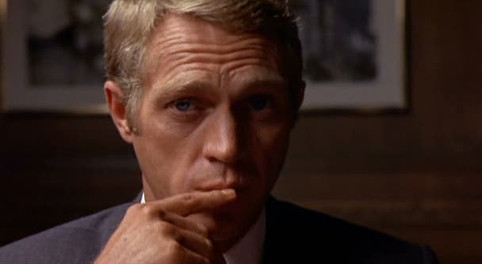Coverage
- getintocinema

- Apr 24, 2018
- 3 min read
In case you don’t know, most shots in most movies are filmed with one camera and one camera only. Sure there are times (like during expensive action sequences) when the cinematographer may choose to have half a dozen cameras rolling simultaneously, but the norm is only one camera at a time.
Why? you ask. Because every single shot or angle is so important that the director and cinematographer have to make sure that everything is perfect in that frame. And if getting one camera setup ready for action takes time, having two simultaneous camera setups (both of which can interfere with each other) would make this too time consuming. Plus, the director can only watch one screen or actor at a time.
So how then do filmmakers capture all those different shot sizes like close-ups and wide shots? The answer is, you guessed it, coverage.
DEFINITION: Coverage is the collection of different camera setups used to capture the action of a scene from different angles.
The initial recording of a scene is usually done with a master shot — a shot wide enough to capture the action of a scene in its entirety. But screening the whole scene from a single wide shot could be boring, not to mention all the detail that would be missed. So after the master shot is successfully recorded, the camera operator will “punch in” to tighter shots like medium shots and close-ups.
Advice for the Set
Lighting wide shots are usually more complex than lighting close-ups. The reason being: if you have many actors and objects to light (as is often the case in wide shots), you will have to bring more light fixtures in and struggle to hide more shadows here and there.Therefore, because wide shots are so time consuming, it is advised that you shoot them first to get them out of the way. In addition, wide shots allow the actors time to get acclimated to a scene. Which is good because the tight shots are the more emotional ones. So when the time comes for their big close-ups, the actors should be ready.
It is important to remember that crafting a film involves recording a scene from different camera angles using different shot sizes to emphasize important elements of the film, such as a gun in someone’s hand or a tear in someone’s eye. This use of subsequent camera setups is known as the coverage. Coverage is important not only to keep things dynamic and exciting within the scene, but also to ease the editing process of the movie.
Observe the example of coverage below from The Thomas Crown Affair (1968). All the shots combined together make the scene very interesting, especially as it contains very elaborate compositions and as it focuses on character’s facial expressions.
Among the several types of shots, we find in the example above long shots, medium shots, close-ups, ECUs, high-angles, inserts, and reactions. In the movie, the scene is practically silent. Yet the amazing coverage is able to convey emotion and tension.
It is one of the director’s tasks to create a shot list, and thus define how the coverage will be. Before principal photography starts, the director should know where the camera will be and what or who it will shoot. A movie with poor coverage always feels awkward, for it usually impedes the editor from accomplishing the much praised invisible editing.



























Comments